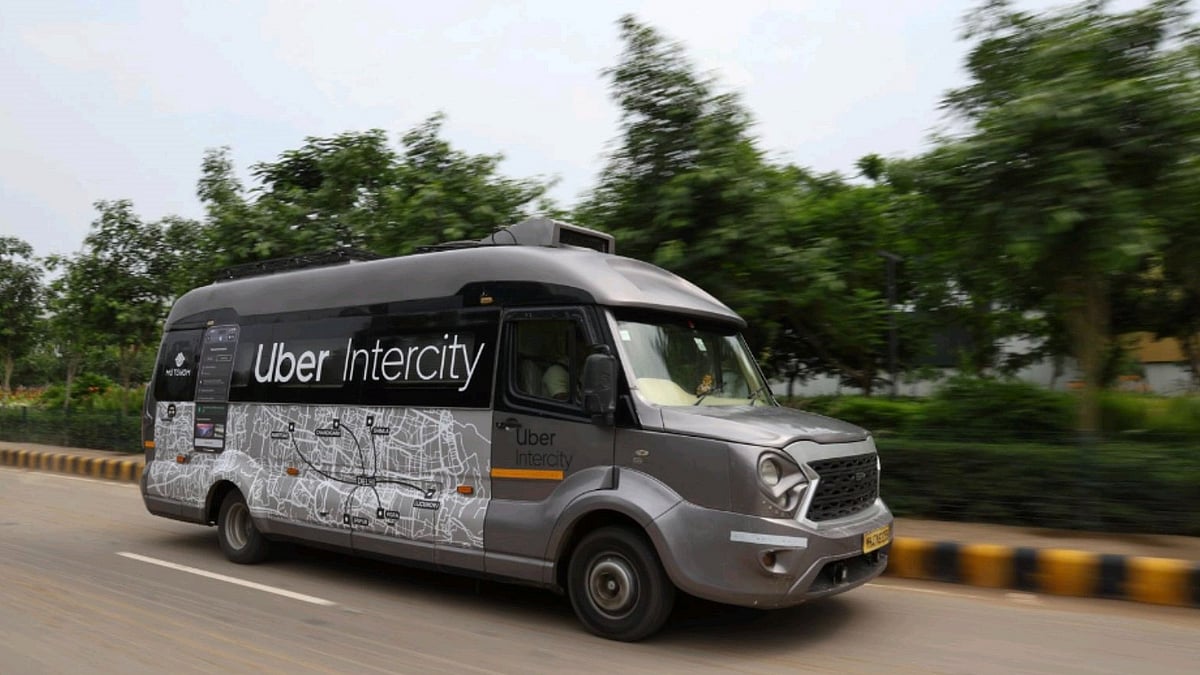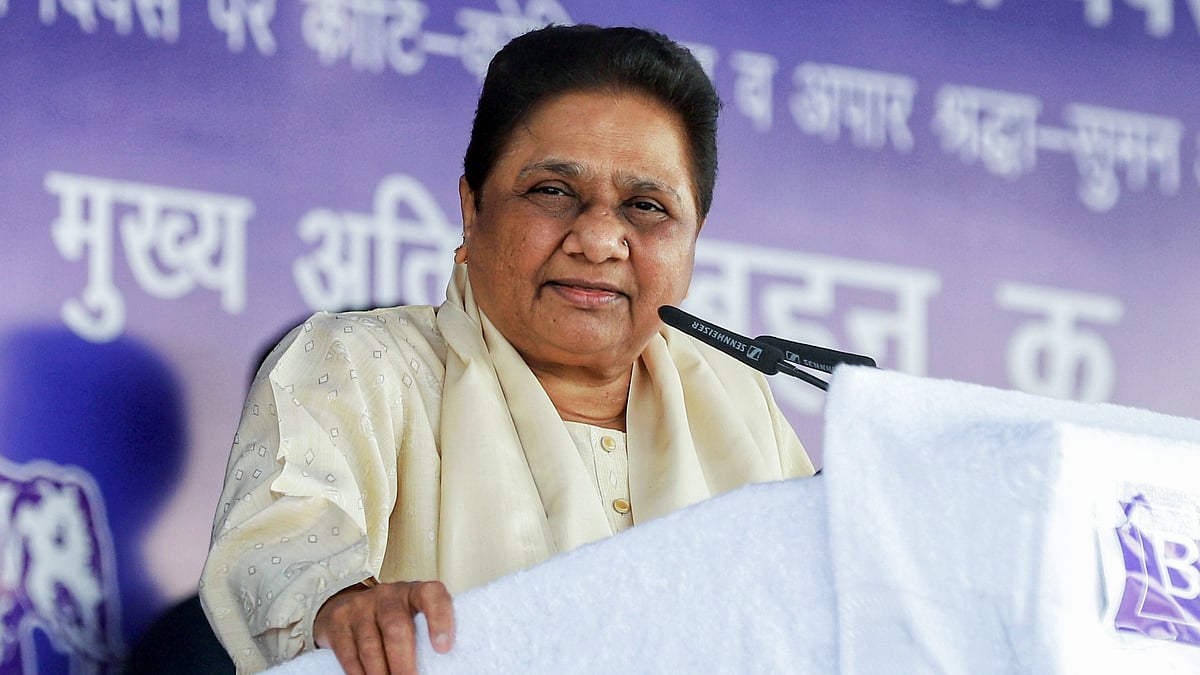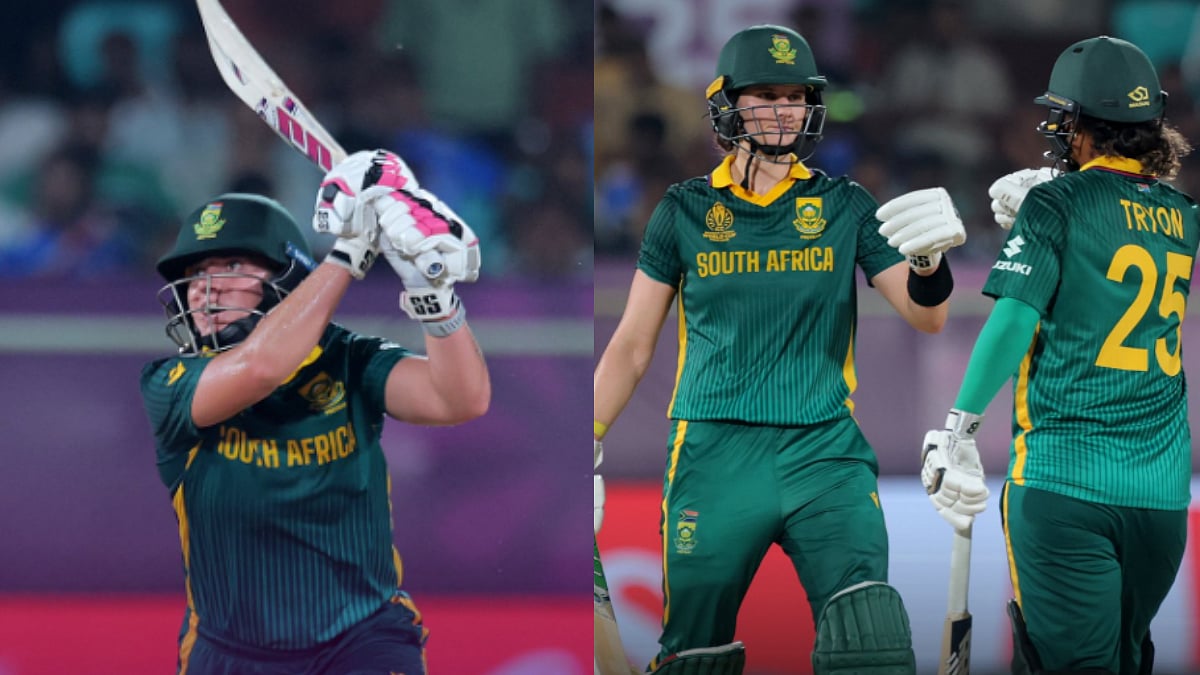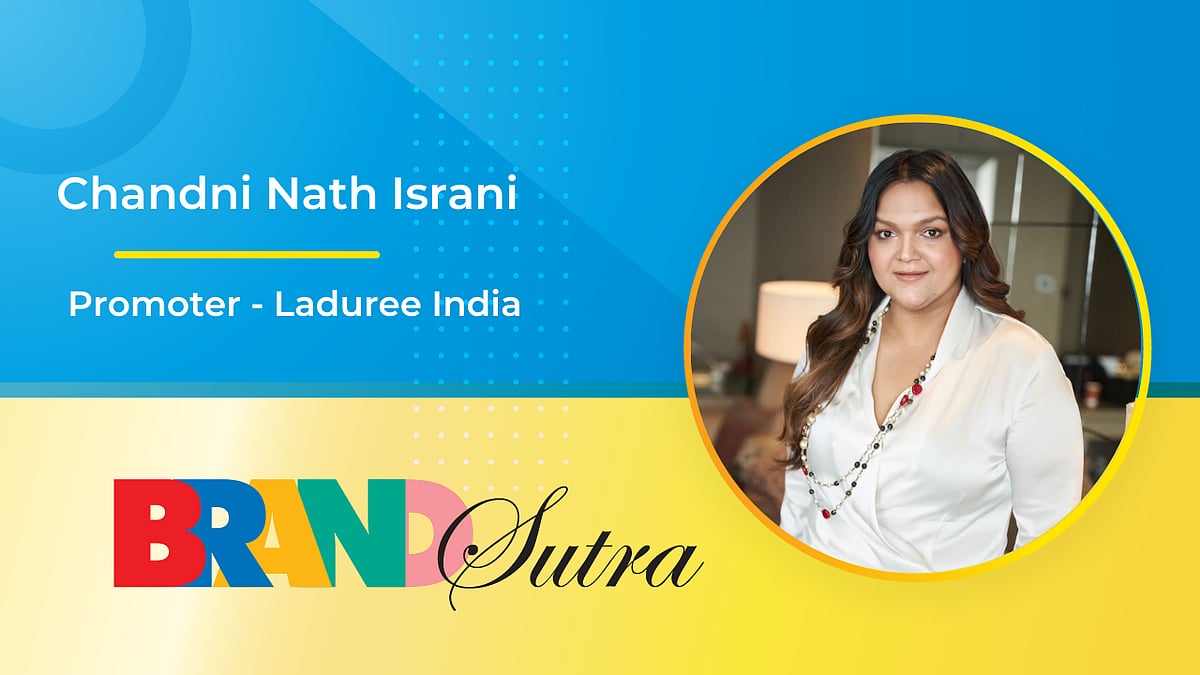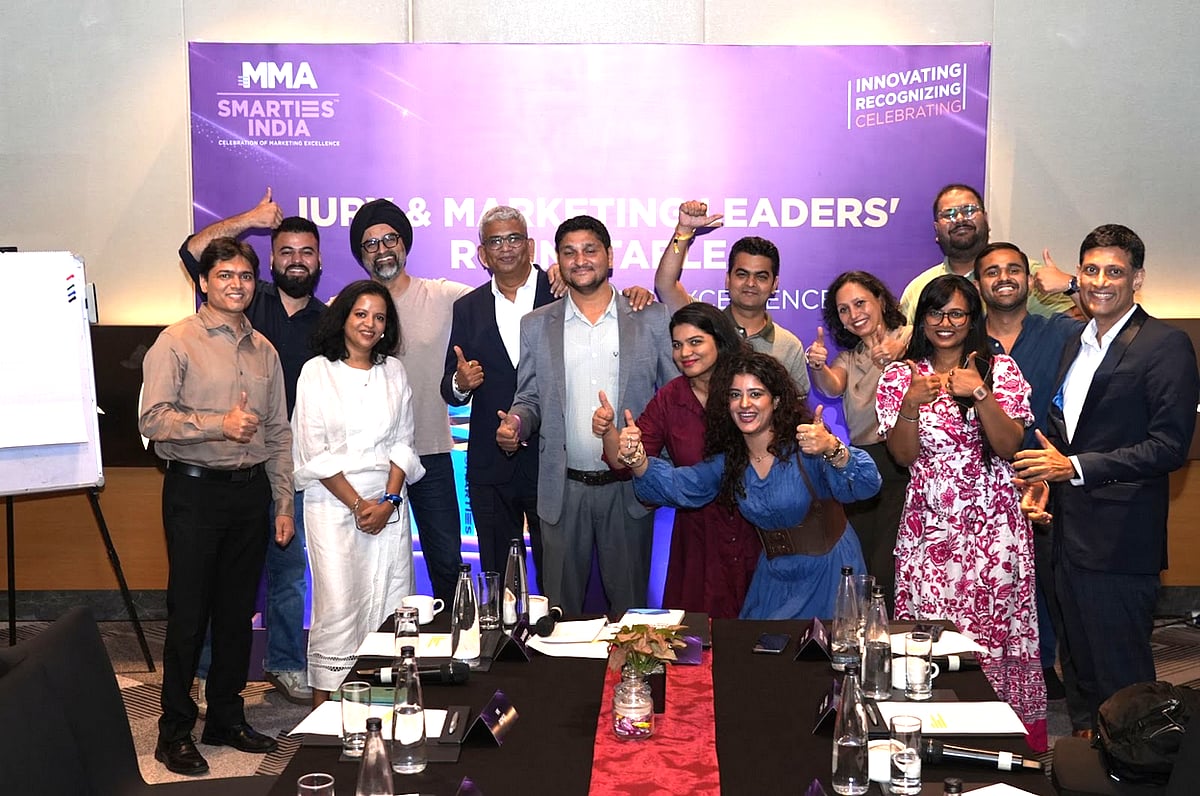‘For 23 years, we have been doing the right thing,’ announces Mana Projects’ website. By that the company means ‘Right by design’, ‘Right by nature’, ‘Right by appreciation’, ‘Right by quality’, ‘Right by time’ and ‘Right by expertise’. It is also realising the need to communicate what it has done right, by way of marketing initiatives beyond project promotions.
The Bengaluru-based developer had humble beginnings. Its Founder and CMD D Kishore Reddy moved from the hospitality space into real estate. During the pandemic period, the company actually increased its headcount, he reveals, over a video call. The current staff strength of 175, not counting contract staff, is likely to move upto 300 given the projects in the pipeline. Mana Realty is also likely to foray beyond its forte of Bengaluru into Hyderabad.
The Early Days
Reddy moved from Andhra Pradesh to Bengaluru around 34 years ago. He got into the hospitality industry thanks to an uncle who was already in the space. After helping him out for some time, Reddy started his own restaurant venture. After three years, he understood that there was good demand for real estate in Bengaluru and the IT Industry was booming at that point of time. It was the Y2K era. His engineering background and experience in handling small projects and contracting works in Odisha gave him the confidence. But experience alone doesn’t suffice for a play in real estate.
“Real estate is very capital intensive and I had minimal capital, almost no capital. So I had to take an uncle's help. He came in as the land owner then I took up the project and started developing it. The development and sales, the concept, everything was from my side. The first two projects went on like that simultaneously. It was very humble beginning with 20 to 24 units in each project. I was able to complete them on time, within the span of two years and our customers were delighted with the effective price and good design. I immediately moved into little larger land parcels and started building bigger projects. We started with almost minimum staff and finished the first two projects after that I started building my own team. Until then, I never had an office or team,” recalls Reddy.
It was only after three years of launch that Mana Projects got its own office. Until then, a shed at the project site was the office. Things looked up from there on and were going well until the 2008 recession hit. The impact of the US recession was felt in Bengaluru’s IT industry too.
“Some people reduced their team size. I thought why not do something different? So instead of reducing our team, we increased our team and started training them for better opportunities. And for two years, we took up some contracting jobs so that our team was engaged and we kept adding to the team. When the real estate cycle started again in 2010-11, we were able to take up larger land parcels, projects, challenges,” explains Reddy.
Growth Trajectory
It wasn’t just the team size. The recession taught the company several lessons, explains the Founder.
He notes, “With the increased team members, we had better interactions and started building the brand; that's when we realised that the brand is very important. We realised that we have to have a differentiator in each project and must increase visibility and strengthen the brand. What do you need to have a long, sustained business model? You should have a good brand and you should have a good team. We learned a lot of lessons in the recession.”
The team was small back then. From 10 to 15 people before the recession, it went up to over 25 during the peak of the slowdown. It has only grown since then.
“We have an in-house team of 175 people now. In addition we have over 2,000 contractors and sub-contractors, who are not on our payroll. With the projects that we have in the pipeline, our team size may go up to 300 in two to three years. Everything depends on the market response. As of now, the market is very good across India,” notes the spokesperson.
On the branding front, a logo refresh happened. While the brand name ‘Mana’ is from Sanskrit, the visual identity adopted became more corporate, with more clean lines and more presentable.
“We started spending more on marketing activities; not only online, we started increasing our marketing budget and interacting with our clients more and taking their feedback and trying to evolve as per their aspirations,” he adds.
From the initial projects of 24 units, each project developed now has 500 to 1000 units. The company has a focused presence in Bengaluru aligned with the IT and corporate catchments. It also prides itself on its projects being environment friendly.
“If we have good trees in the project we try and maintain them. One of our projects has around 750 to 800 fully grown trees which are retained and we made the project revolve around the trees. Each tree is around 30 years old and 60 feet high, so our balconies are wrapping around the trees or we have built tree houses,” says Reddy.
While Mana Tropicale houses Silver Oak and Mahogany trees allowing for tree-hugging balconies, Mana Foresta is billed as a ‘Vertical Forest Tower’, a first in India. Mana Dale is set in an area of 7 acres with a 100-year fruit orchard and an artificial lake. Buyers are loving it, claims the CMD.
With most employed in corporate environments, the promise of a green environment and an inclusive and more interactive architecture and landscape, is finding takers, he reasons. Such developments also serve as an indicator and proof of what is promised in new projects. Mana actively recommends that buyers visit their finished projects.
Customer Segments
Most of the customer acquisition happens through digital channels for Mana Projects. Most of the company’s projects are consciously close to the IT and corporate hub. The digitally-savvy corporate TG therefore is readily engaged online. A lot of content is put out online including short videos. Hoardings and print ads also have their role, which Reddy clarifies are more for branding.
Within Mana Projects, there are different levels of offerings. At the entry level, there is sub-brand Macasa, targeted at the new IT crowd who have just joined the workforce, in the age group of 25 to 30 years. The design is consciously ‘compact, bubbly and anchored’. Jam rooms and coffee shops are part of the deal. These are priced at Rs.80 to 90 lakh rupees a unit.
The next set of clients is a slightly older audience of 25 to 35 years with kids. These projects with slightly larger units accommodate kid-centric amenities, elder zones and teenage zones, apart from regular amenities like swimming pools and gymnasiums.
“In Bengaluru, and in most of South India, people prefer to have individual houses, so we create larger terraces and balconies where they can at least feel that some interaction between outdoor and indoor is happening. We incorporate greenery in those balconies with a centralised irrigation system,” explains Reddy. The system ensures that even when residents are travelling, the plants get watered.
The more evolved clients who have travelled the world, seem to gravitate towards the more expensive properties with more amenities in the arms of nature.
While the next level of premium offerings hover in the range of Rs.1 to 1.5 cr, projects like Luxury Foresta are priced upwards of Rs.3 cr.
Premiumisation
Asked about the premiumisation trend, where customers enter the category at the mid or premium end rather than the entry level, Reddy notes that there is indeed such a trend.
“Especially in real estate, after Covid, everybody wants to invest in a larger home space or an extra bedroom; they want some extra balcony or hangout zone within their houses,” he notes, adding that it is not a Bengaluru-centric phenomenon.
“It's happening across the country. I think people want to invest more into their home and they want to have a quality life at home. Not only their own home, within the campus too they're looking at good lifestyle amenities,” he explains.
In line with this, a new Mana development which is to be launched shortly will be a child-centric project – a mini township. It will house a cricket academy, a tennis academy and so on. This project will be very close to a lot of schools so kids don’t need to take a school bus.
Beyond Bengaluru
It is not uncommon for real estate players to remain within their core grographic strengths. Sunteck Realty, for instance, which was featured in this column recently, has no plans beyond Mumbai, for now. There is enough untapped opportunity within Mumbai, according to the company. So how does Mana feel about markets beyond Bengaluru?
“Sunteck has done a fantastic job in Mumbai and they have a lot of very good projects, commercial and residential. Mumbai is the financial capital of India and Bengaluru is the IT capital of India. Bengaluru has more than enough opportunity to cater to that segment. And now, it is developing not just in Bengaluru but also towards the airport,” reasons Reddy. Mana Projects too has lined up some projects in upcoming IT corridors.
“We are moving where new opportunities are coming up within Bengaluru and we are looking at some opportunities in Hyderabad also, where there is a lot of traction for IT-related services, both in terms of offices and residential spaces. We are looking for opportunities in the Hyderabad residential market,” he reveals.
He underlines that Mana Projects’ strength is predominantly in Bangalore Southeast, where it has completed around 30 projects to date.
Criticality of Branding
Mana Projects is ready to launch its township project, the one with sports academies, et al, which will run into several hundred acres and will be rolled out in phases. “Creating a township is like a dream,” avers Reddy.
The project excites him as it will have commercial retail and the whole residential ecosystem. The location is such that there are top schools with around 50,000 students in that vicinity, he explains. A commercial project is also in the works. Some are in the design stage, some in land acquisition and legal stages. Alongside new projects, the approach to branding has also evolved.
While understanding about the relevance of branding kicked in early, it has firmly taken root now. While there is the digital pipeline to target customers, brand building is required for a prospect to even check out a project from the builder, underlines the CMD.
“We believe in word of mouth rather than advertising too many things. We get good traction through our referral program and through our existing clients. But branding is definitely one of the important things to get more and more audiences,” he empasises.
The stated intent is to remove clutter as much as possible and keep the communication clean and simple. While the brand has steered clear of celebrity endorsers, it is using brand influencers. Branding in real estate has also gained significance to establish the credibility of the builder.
“It’s like a lifetime investment. So they have to be very careful when they're investing. We feel that every building is a landmark for us, which is going to stand there for ages. So we can't just make one more building,” notes Reddy.
So if every 100 rupees spent on marketing, we asked if a majority goes to digital today.
“We are consciously moving our budget to branding as well. Digital is about transactions. Whatever we spend on digital, we are getting qualified leads, you churn them leading to site visits and sales and so on. But ultimately you have to have the bigger picture and make your brand more visible. Whatever good things you are doing has to go into the market,” he adds.
If the spends were more on acquisitions and hence digital earlier, it stands evenly split between branding efforts and lead generation through digital today.
“We see value in showing our strengths properly,” surmuses Reddy.

